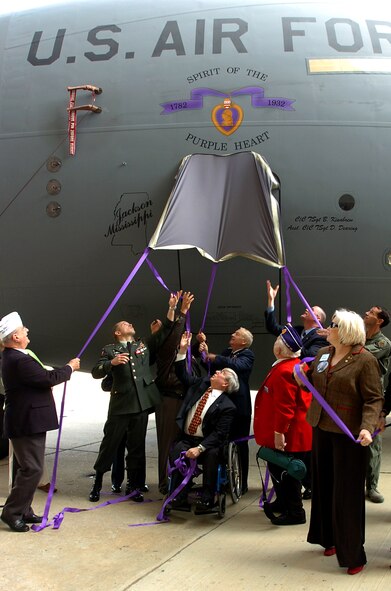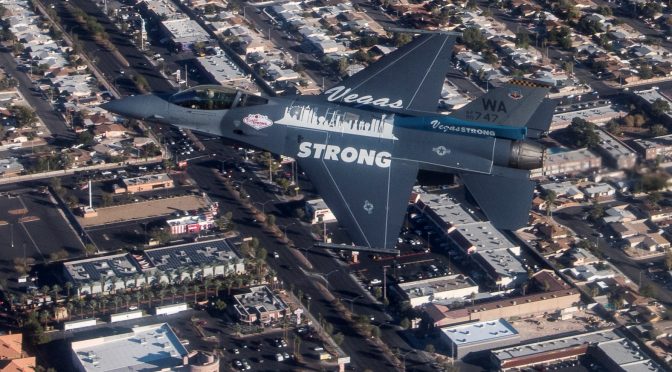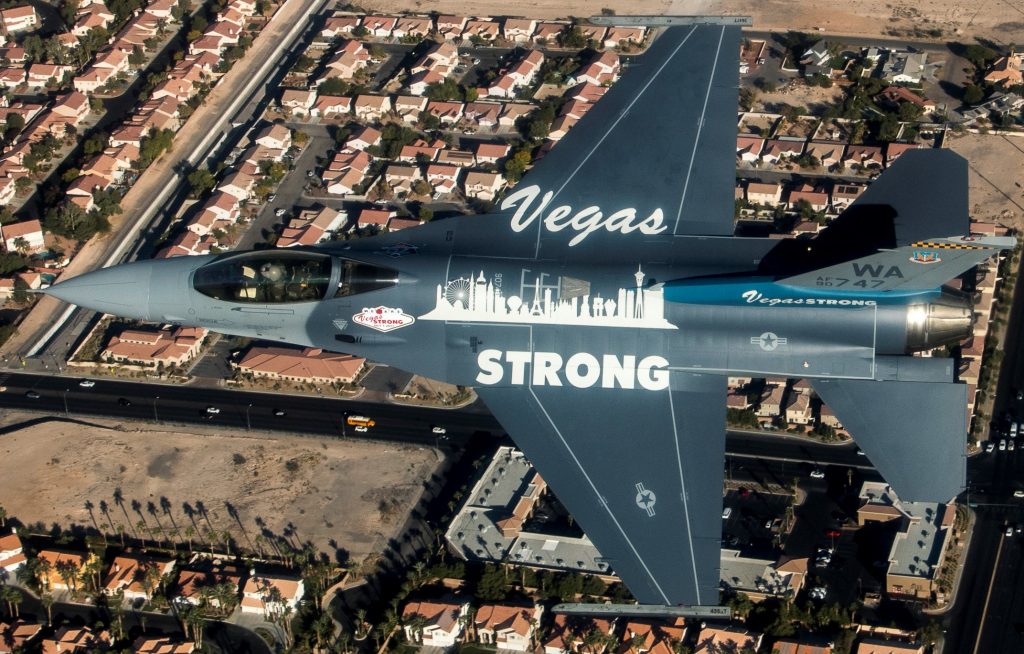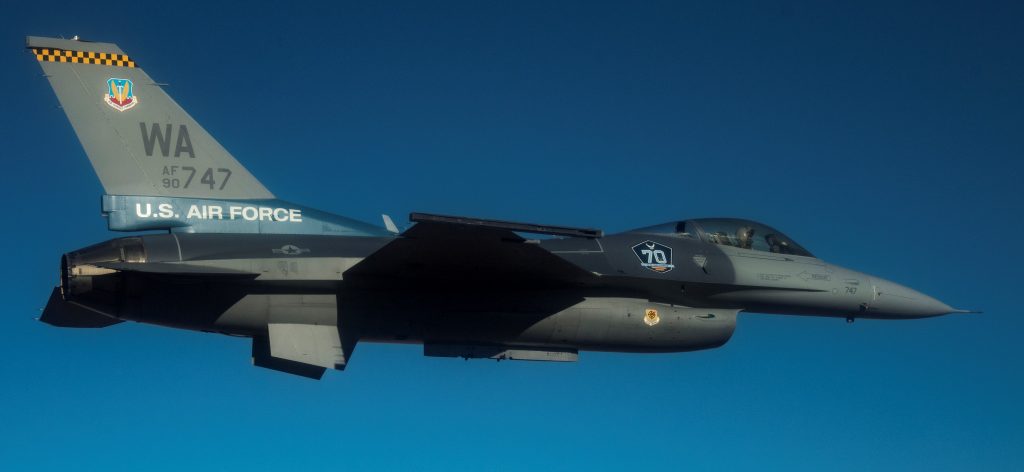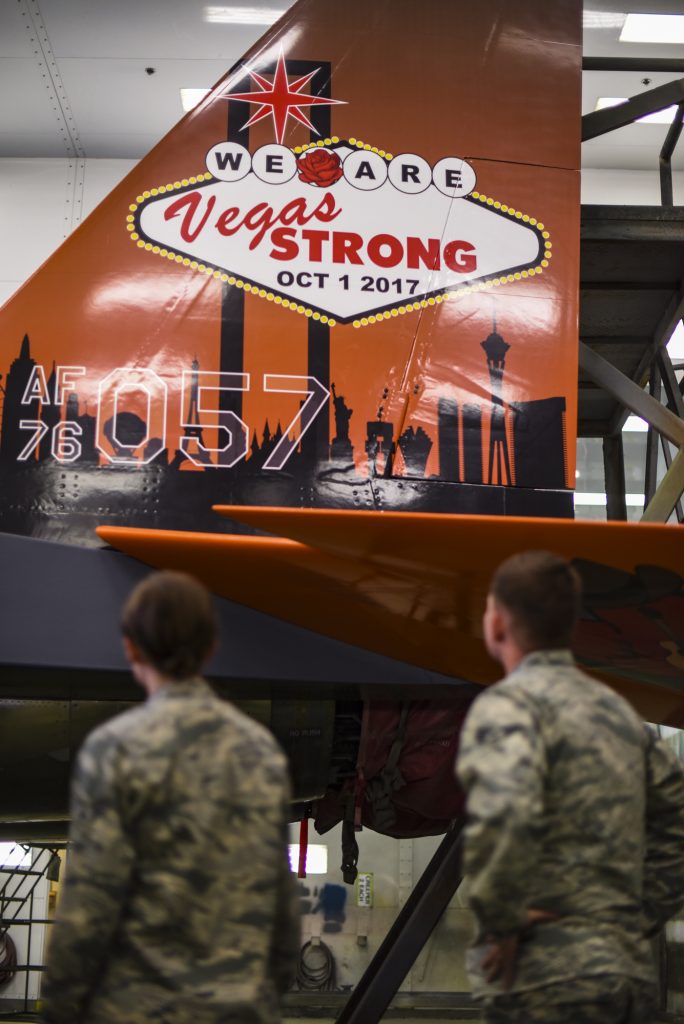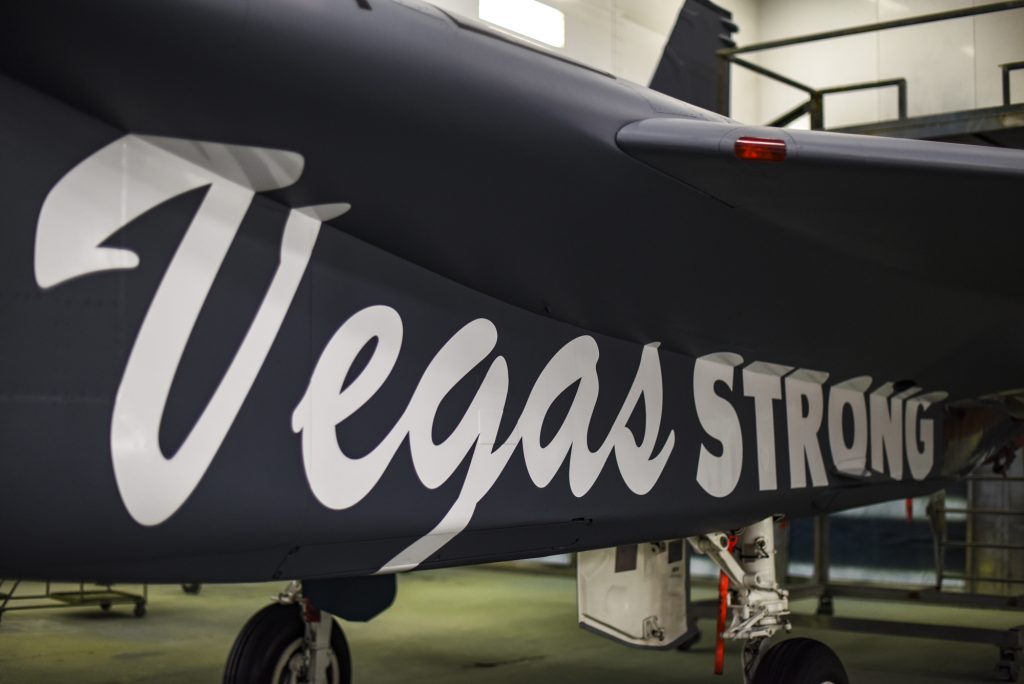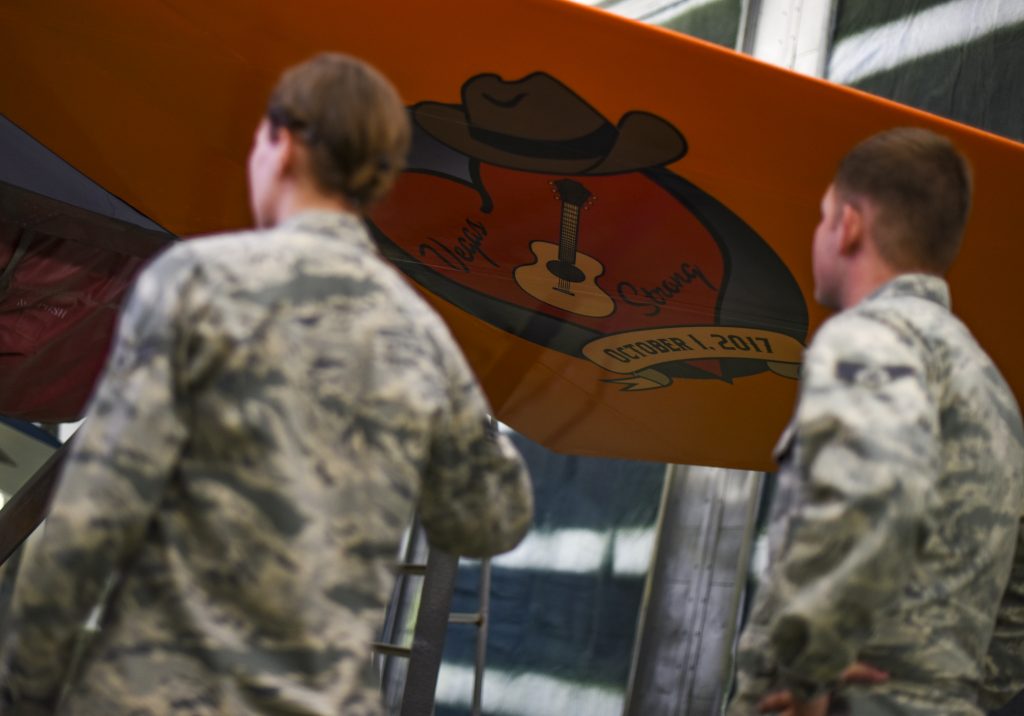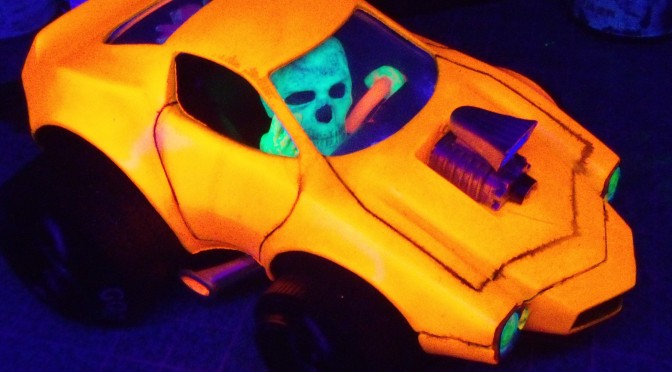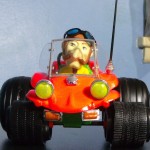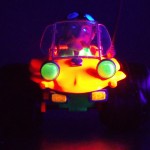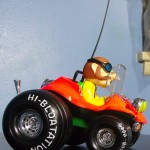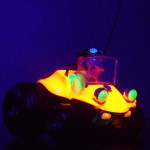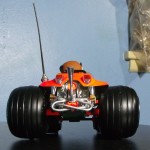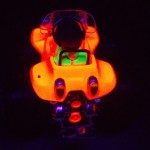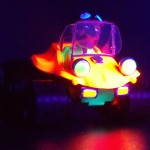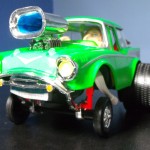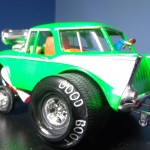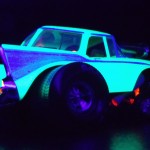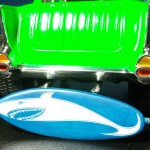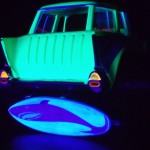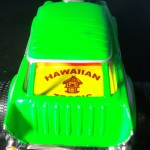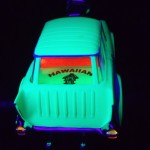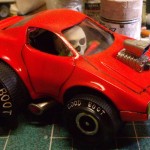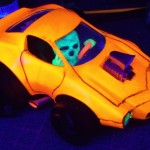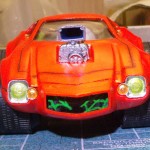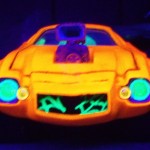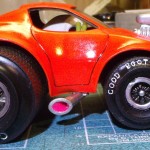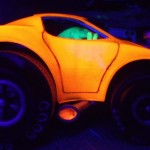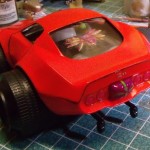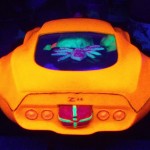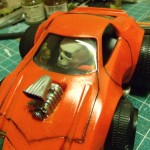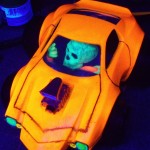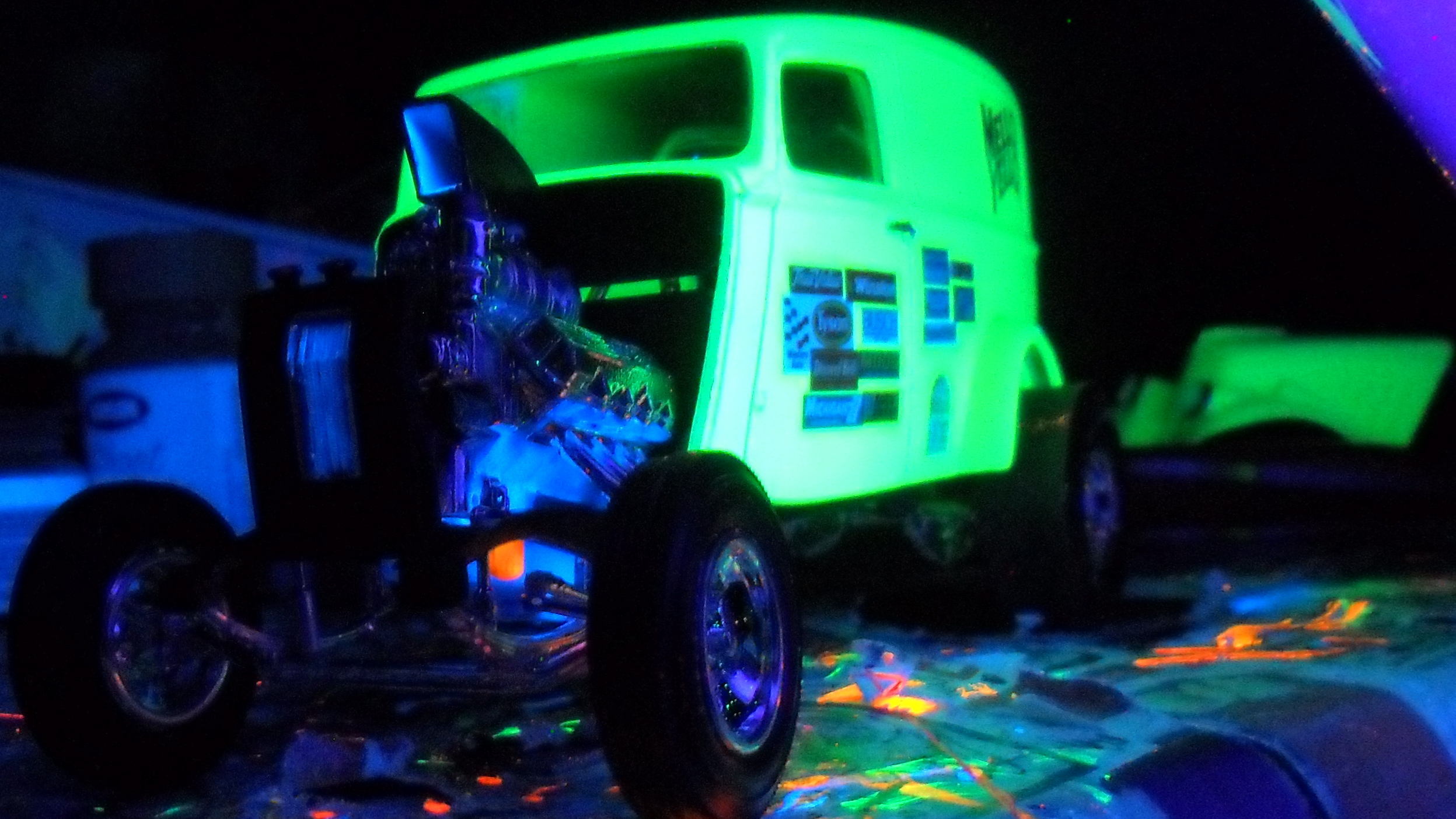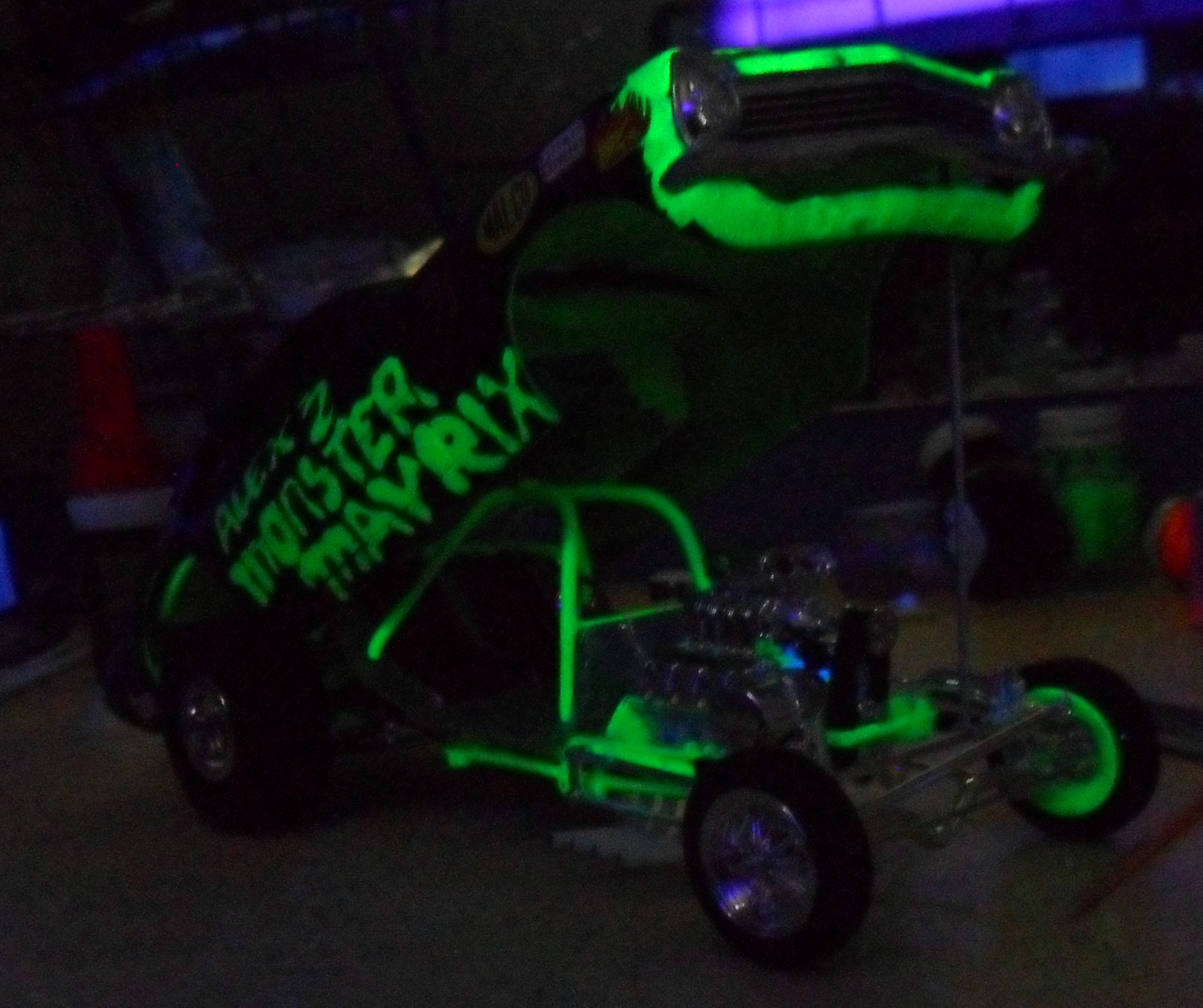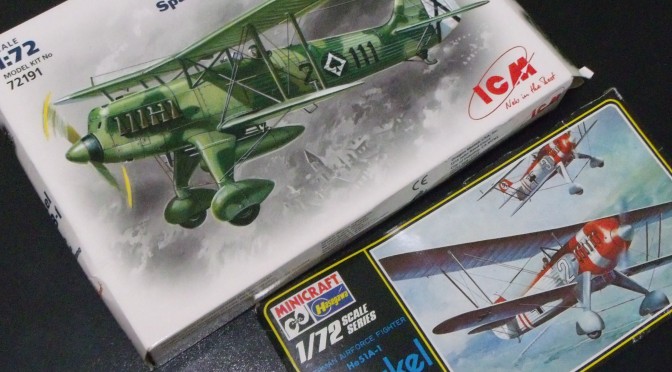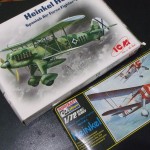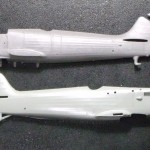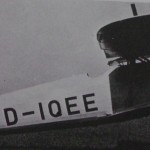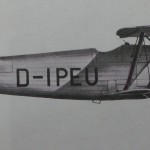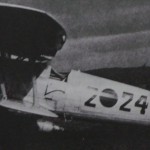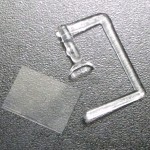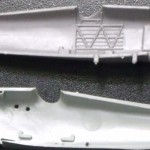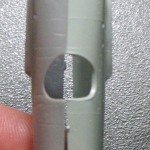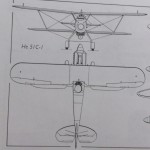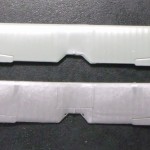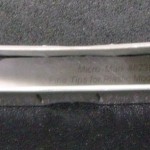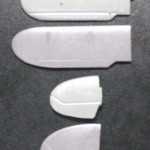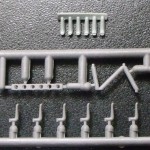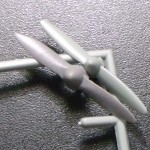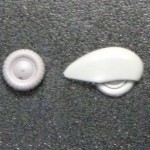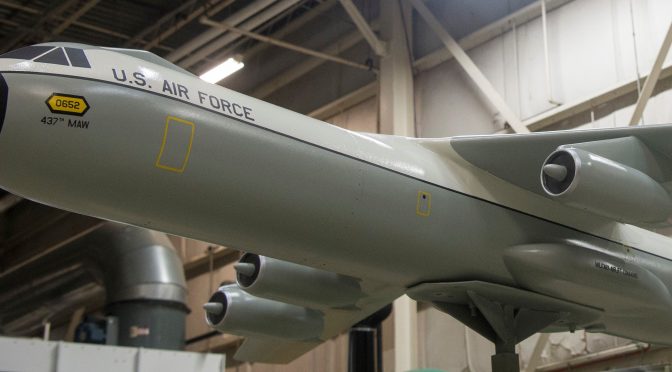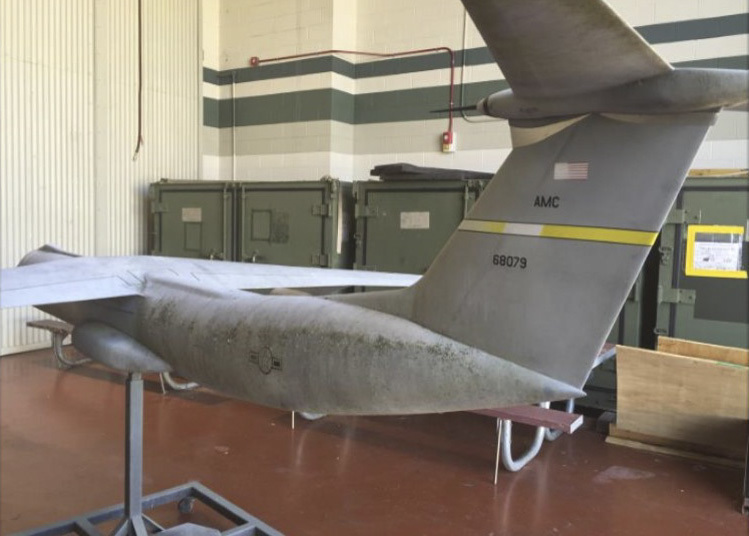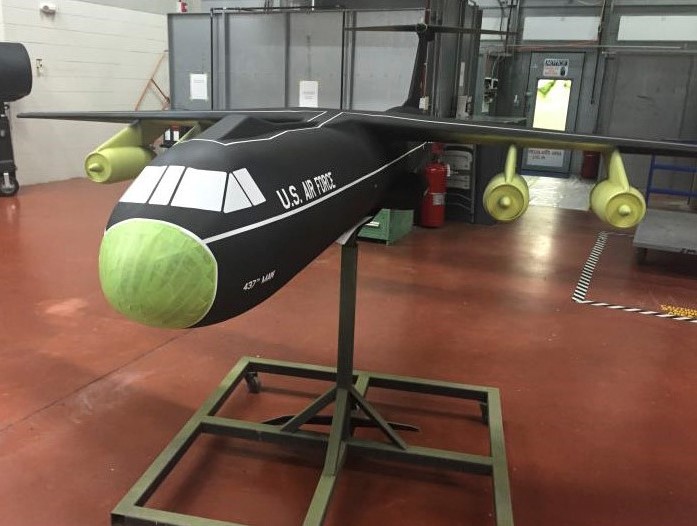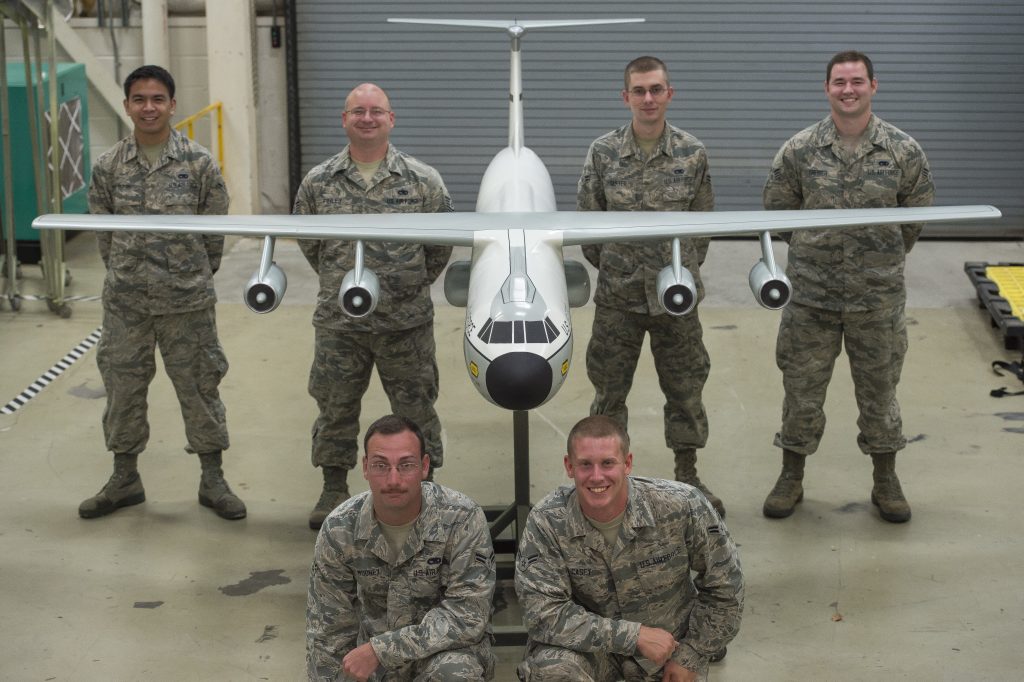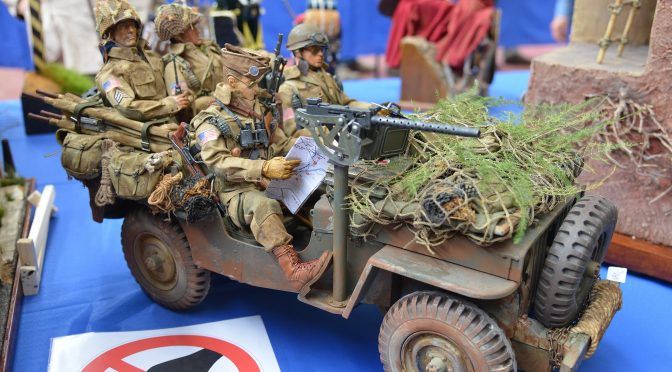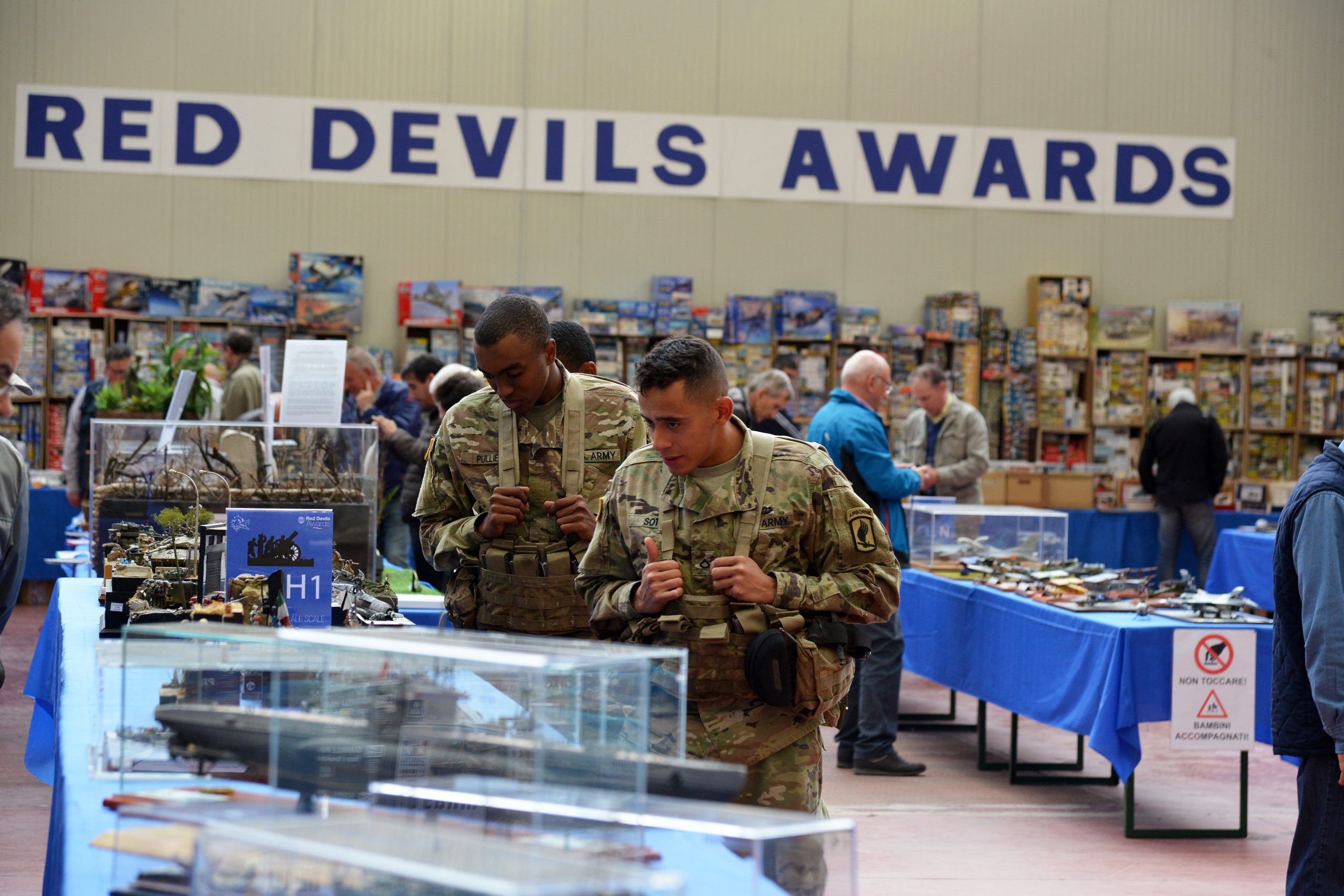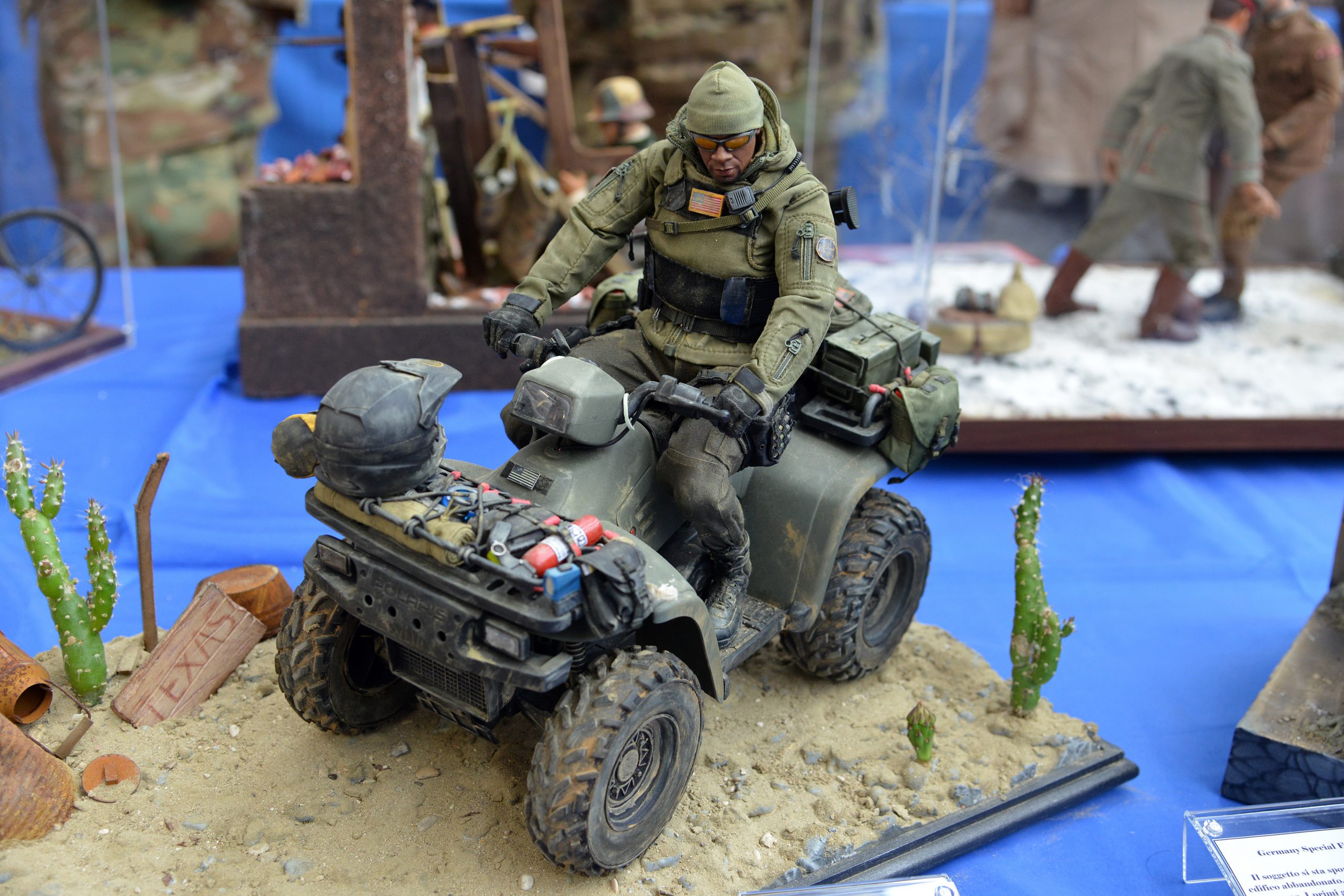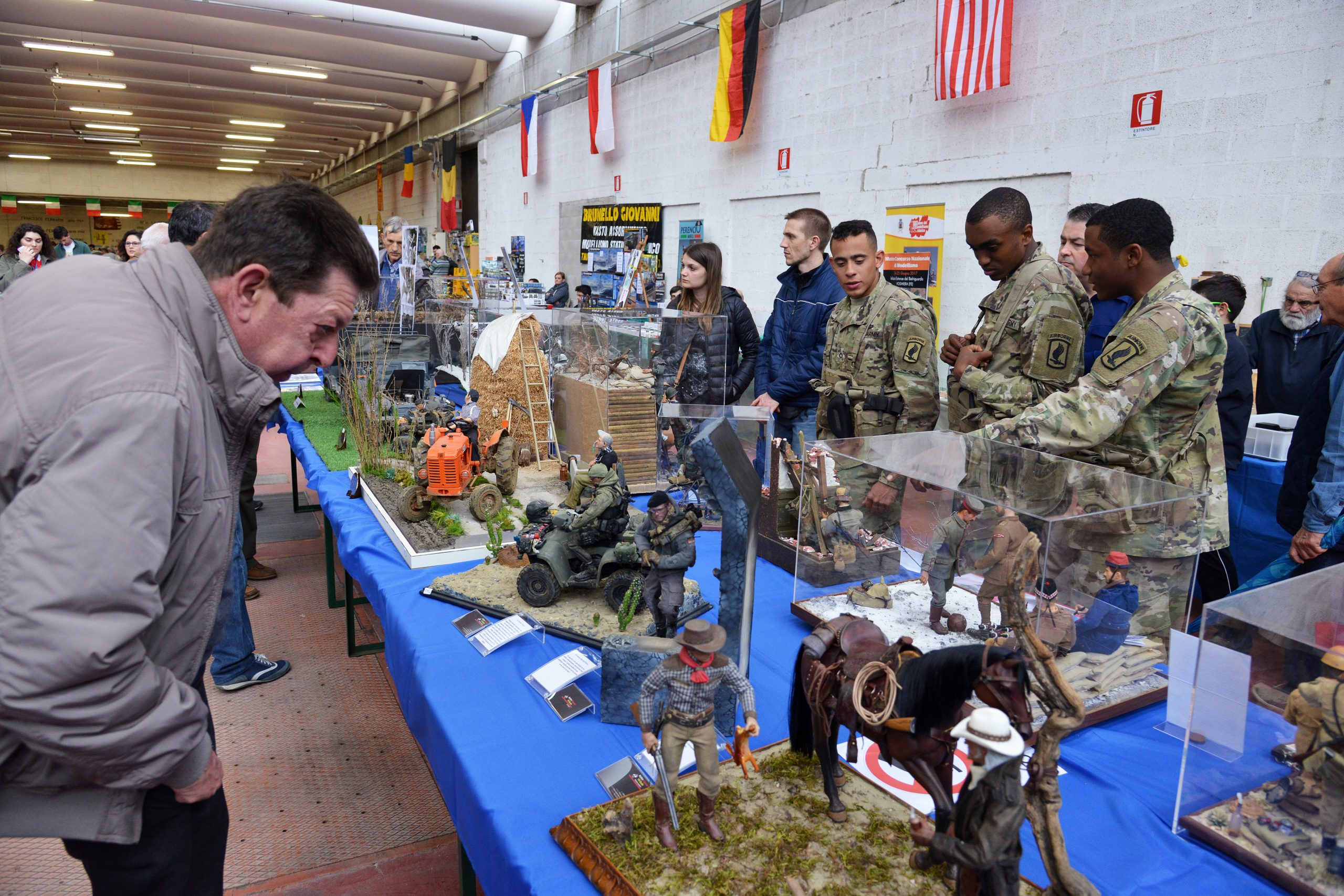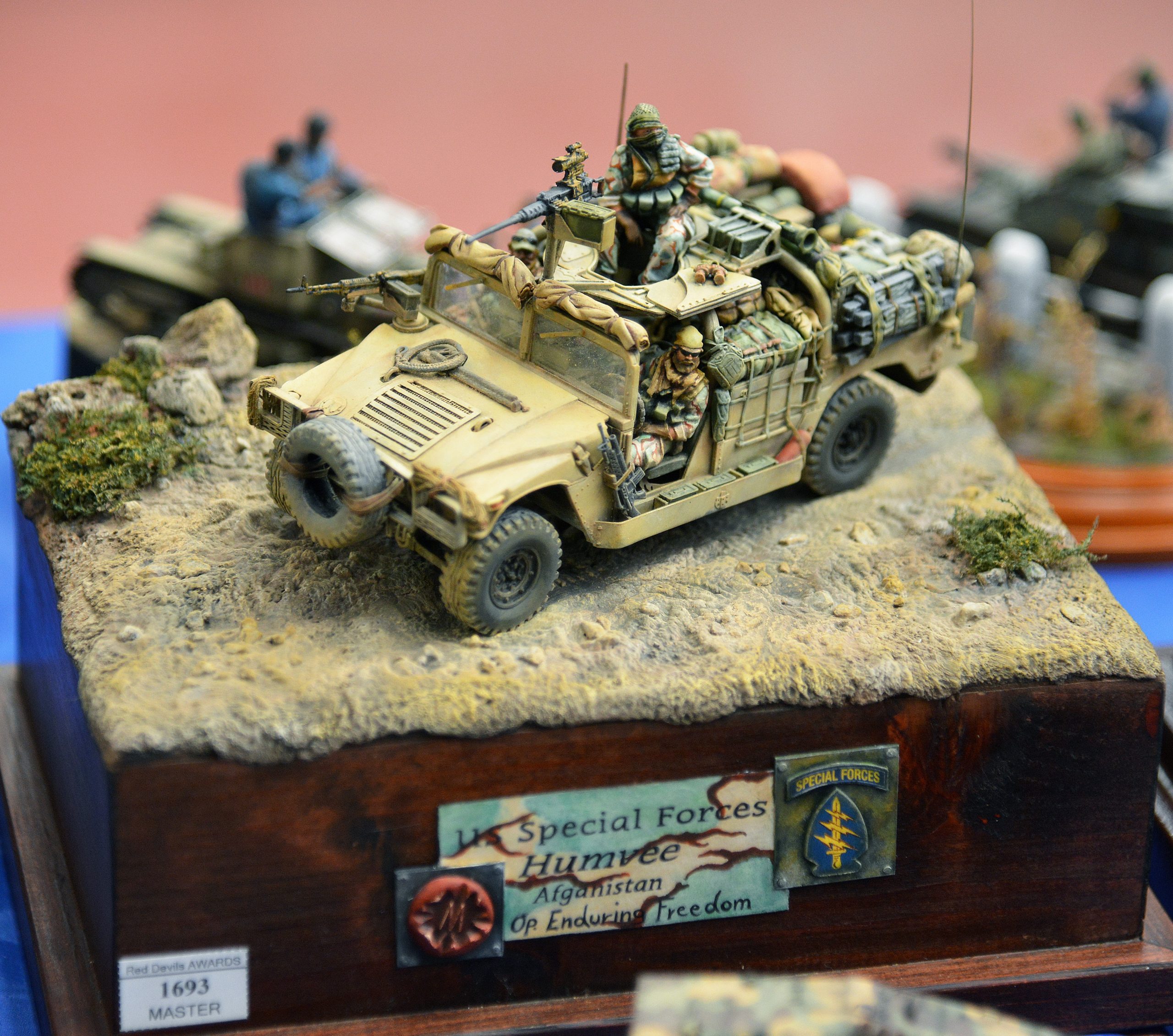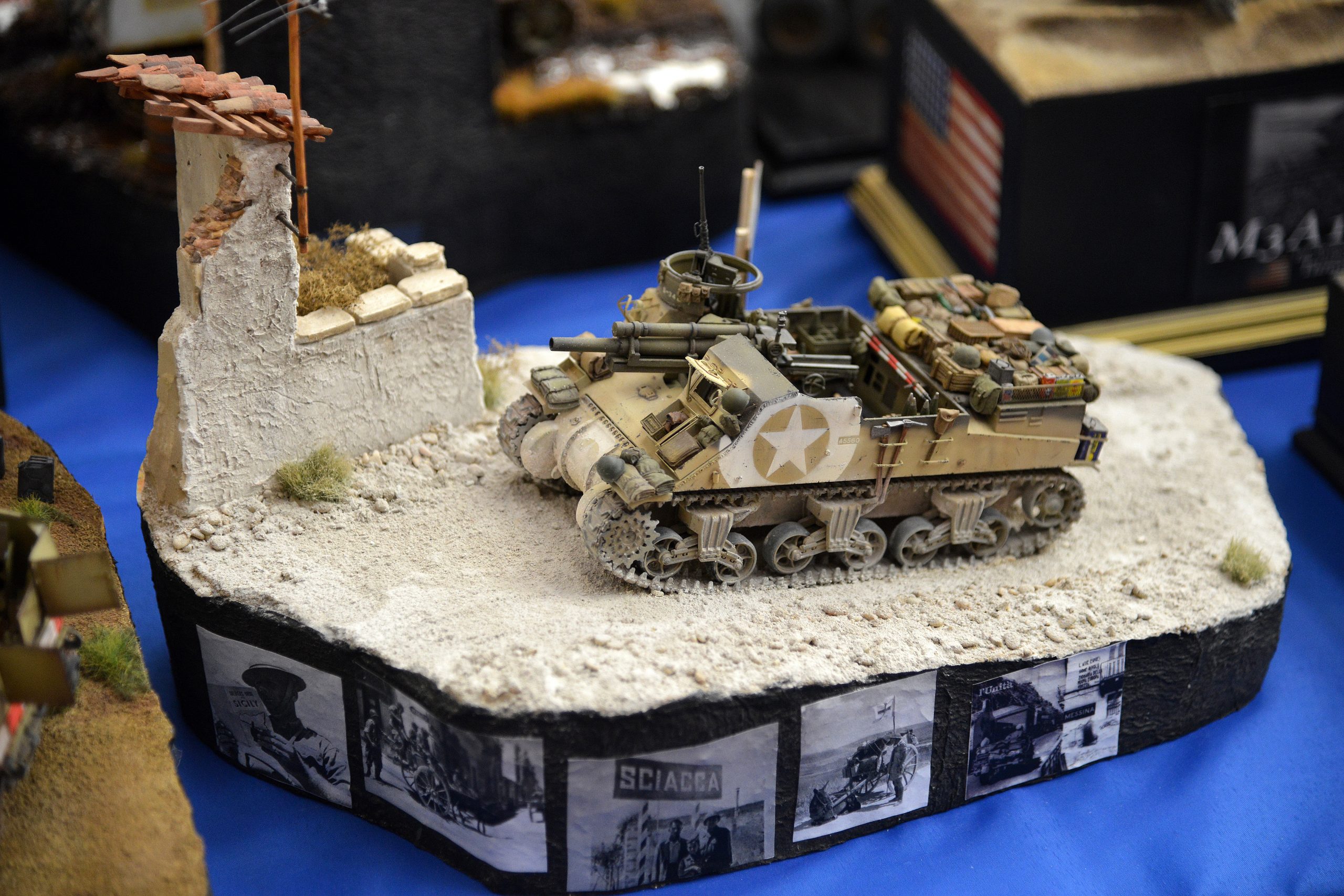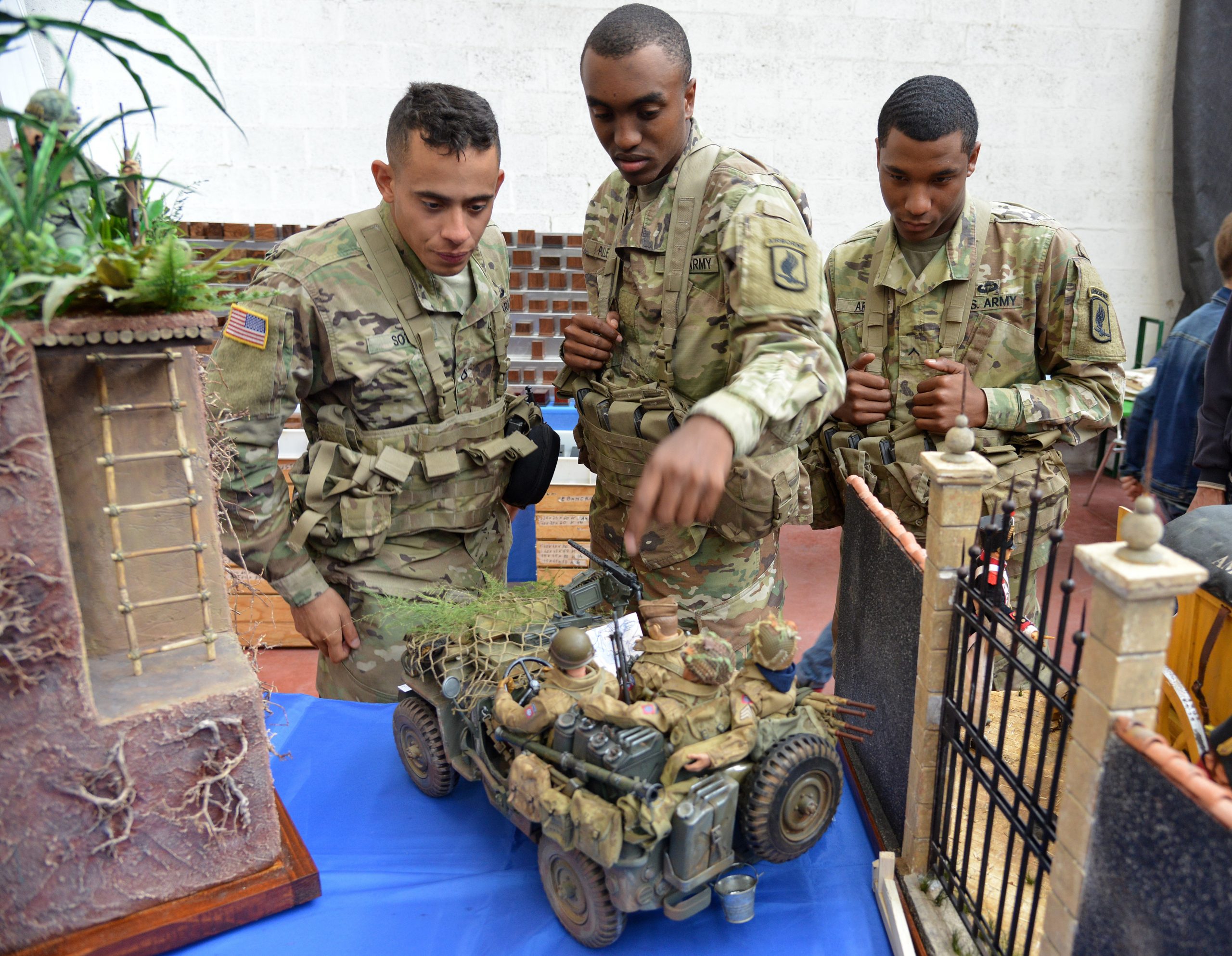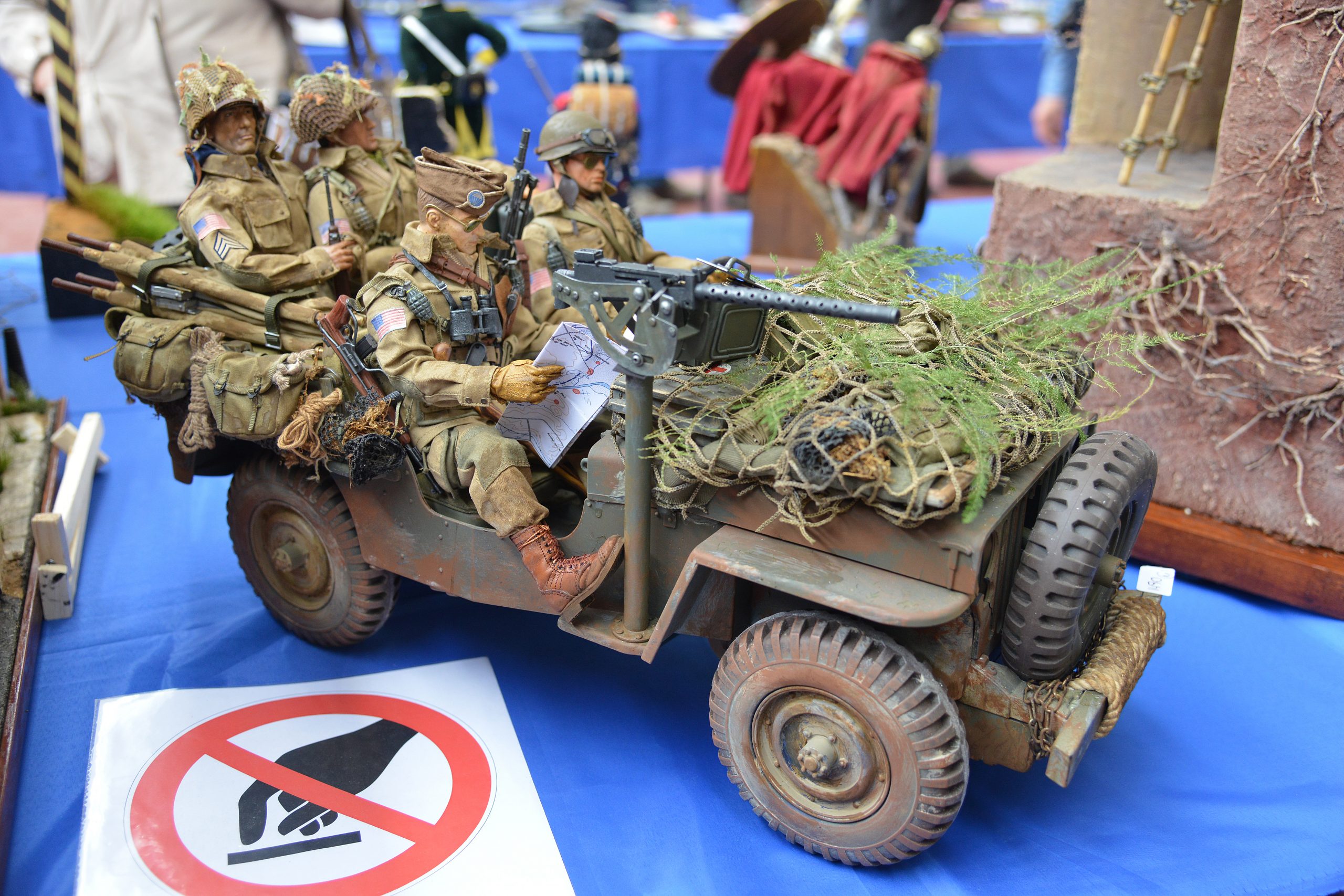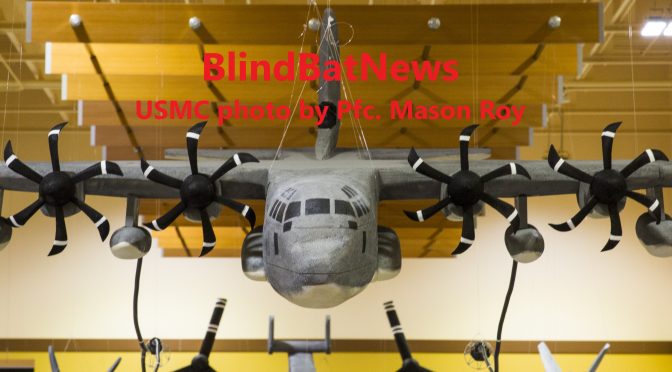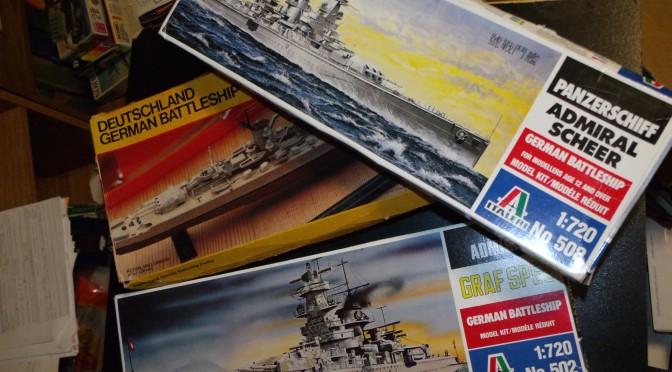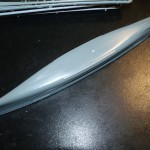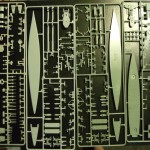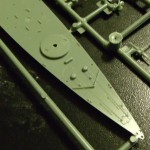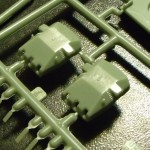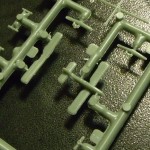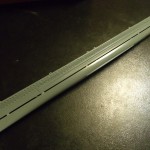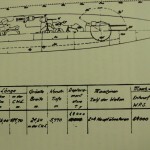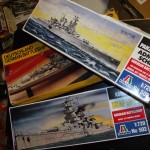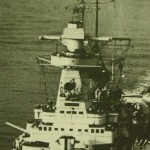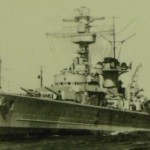Incomplete list of U.S. retail/banking/service sector job loss WARNings and store shutdowns made or announced in January 2018:
Trulia reports that overall housing rents across the United States jumped an average of 19.6% since the end of 2012, even though the majority of working class people saw no increase in pay.
Arkansas: Bentonville based Walmart revealed the truth behind their pay raises and bonuses, by suddenly shutting down dozens of Sam’s Clubs and Walmarts killing thousand of jobs, plus announcing intentions to layoff 1-thousand corporate level employees between now and the end of 2019! Bankrupt Toys R Us shutting down two stores statewide.
California: Building maintenance contractor ABM Industry issued several shutdown WARNs, 365 jobs gone by the end of March! Absolute Screenprint shutting down its ops in Brea, 170 jobs gone in March! In Fresno, after 68 years Herb Bauer Sporting Goods shutting down when the inventory is gone, due to increased competition from ‘big-box’ national chain stores. Too Big to Jail San Francisco based Wells Fargo shutting down an additional 8-hundred offices across the U.S. by 2020. Bank execs officially blaming it on ‘Americans’ reducing the use of banking services, but analysts believe it’s blow-back for the bank getting caught massively ripping off its customers.  Bankrupt Toys R Us shutting down stores in Emeryville and San Jose, 113 jobs gone by April! It should be noted the stores were not listed on the recent nationwide shutdown list. Dollar Loan Center eliminating 41 jobs by the end of March. Montage Hotels and Resorts temporarily shutting down its Beverly Hills ops, 54 jobs gone by the end of March. StandardAero Business Aviation Services issued a shutdown WARN for its Los Angeles ops, 63 jobs suddenly gone. Accounting company Vasquez issued a shutdown WARN for its Corona office, 53 jobs gone in March. Market research company Ipsos Interactive Services issued a shutdown WARN for its Fresno office, 88 jobs gone in March. Macy’s issued shutdown WARNs for stores in Fresno, Laguna Hills and Los Angeles, at least 436 jobs gone by mid-March! In Orangevale, iconic Wild Sports shutting down, the owners forced to retire due to ‘big box’ and online competition coupled with California’s police-state anti-gun laws. In Moraga, after eight years New Rheem Theatre shutdown due to increasing costs to maintain the 61 years old building, plus undisclosed rent which is more than $5-thousand per month, plus utilities averaging $5-thousand per month: “It’s tough to run a building of that age on the amount of people that come through the theater. The numbers don’t work.”-Derek Zemrak, theater operator
Bankrupt Toys R Us shutting down stores in Emeryville and San Jose, 113 jobs gone by April! It should be noted the stores were not listed on the recent nationwide shutdown list. Dollar Loan Center eliminating 41 jobs by the end of March. Montage Hotels and Resorts temporarily shutting down its Beverly Hills ops, 54 jobs gone by the end of March. StandardAero Business Aviation Services issued a shutdown WARN for its Los Angeles ops, 63 jobs suddenly gone. Accounting company Vasquez issued a shutdown WARN for its Corona office, 53 jobs gone in March. Market research company Ipsos Interactive Services issued a shutdown WARN for its Fresno office, 88 jobs gone in March. Macy’s issued shutdown WARNs for stores in Fresno, Laguna Hills and Los Angeles, at least 436 jobs gone by mid-March! In Orangevale, iconic Wild Sports shutting down, the owners forced to retire due to ‘big box’ and online competition coupled with California’s police-state anti-gun laws. In Moraga, after eight years New Rheem Theatre shutdown due to increasing costs to maintain the 61 years old building, plus undisclosed rent which is more than $5-thousand per month, plus utilities averaging $5-thousand per month: “It’s tough to run a building of that age on the amount of people that come through the theater. The numbers don’t work.”-Derek Zemrak, theater operator
Colorado: In Denver, after 16 years Mile High Doggie Daycare shutdown and unable to refund money to customers who ‘pre-paid’ for services, the owners blame the lack of sales on the city’s gentrification of the area.
Connecticut: Retail service company Daymond Worldwide suddenly shutdown its Stamford ops, more than 50 jobs gone. After 19 years industry recognized RR Model and Hobby Supply shutting down so the owner can retire.
Delaware: Too Big to Jail Capital One sold 1-million retail brokerage accounts to E-Trade, and will eliminate an undisclosed number of jobs in Wilmington as a result.
Florida: Jackson National Life Insurance-National Planning Holdings eliminating 60 jobs by the end of 2018. Along with several Sears, Kmart and Sam’s Club shutdowns, Macy’s issued a shutdown WARN for its store in downtown Miami, 161 jobs gone by the end of March! In Jupiter, after 33 years Kretzer Piano shutting down in February, the owner lamenting “It’s iPads and kids doing techy things…..the days of gathering around the piano and singing are kind of gone.” Harbor Community Bank eliminating 1-hundred jobs due to being taken over by CenterState Bank! Securitas Critical Infrastructure Services eliminating 117 jobs at the end of March!
Georgia: In LaGrange, after 45 years Crockett Brothers towing shutdown due to the 70 years old owner’s health problems. In Athens, for a second time Junkman’s Daughter’s Brother eclectic junk store shutting down, this time due to the rent being jacked-up by 56%, and the property being secretly listed as for sale. The owner said he isn’t going to look for another location, he’s taking it as a sign to retire.
Hawaii: After nine years Central Guns and Ammo shutdown its brick-n-mortar store to focus on internet sales. Monthly gun classes will continue.
Idaho: California based Cost Plus World Market (aka World Market) suddenly shutdown its store in Nampa. Bon Ton owned Herberger’s announced it will exit its Pine Ridge Mall location, in Chubbuck, when the inventory runs out. It’s part of Bon Ton’s plan to shutdown dozens of stores in 2018.
Illinois: Bankrupt Toys R Us shutting down seven stores statewide. Champaign based Hobbico (formerly Don Anderson’s Great Planes Model Distributors and Bruce Holecek’s Tower Hobbies, and current owner of the iconic Revell brand) laying off 332 people, and is now chapter 11 bankrupt busted and for sale, blaming “an increasingly competitive industry, market headwinds and a series of one-off events with key suppliers.” In Wheaton, after five years women’s clothier Bella Roba shutting down at the end of February, due to owner getting married. In Barrington, after 29 years Pasquesi Home and Garden suddenly shutdown. Ascena Retail Group owned Loft shutdown its Champaign’s Market Place Mall store, as part of a plan to shutdown hundreds of Ascena Retail Group owned stores stores across the U.S. At the O’Hare Airport, ABM Aviation issued a mass layoff WARN, 481 jobs gone by March! Just Ducky shutdown its five years old Plainfield store, local news media say at one time there were several Just Ducky stores across the state. California based Cost Plus World Market (aka World Market) suddenly shutdown two stores in the Chicago area.
Indiana: Bankrupt Toys R Us shutting down two stores statewide. In Lafayette, after 60 years Trader Horn Boot Center shutdown, blaming internet competition. (when it comes to shoes I don’t understand the internet excuse, because shoe sizes have changed so much over the decades, even between manufacturers, that the only way I can buy shoes is by trying them on in a old fashioned store)
Iowa: Washington based investment company CUNA Mutual Group outsourcing 35 jobs in Waverly in an attempt to reduce operating costs. In Mason City, after 50 years the Hallmark gift shop shutting down by the end of February. Tradehome Shoes shutdown its Mason City, Southbridge Mall location due to crashing sales over the past few years. Bankrupt Toys R Us shutting down two stores statewide.
Kentucky: Bankrupt Toys R Us shutdown its Simpsonville location. In Bardstown, American Greetings eliminating 150 jobs in March, due to lack of demand for greetings cards!
Louisiana: In Shreveport, after 68 years Sun Furniture shutdown so the owner can retire.
Maine: In Lewiston, the 50 years old Goodwill thrift store shutdown because sales are too low.
Maryland: Ascena Retail Group owned Ann Taylor suddenly shutdown its Towson Town Center store as part of a plan to shutdown hundreds of Ascena Retail Group owned stores across the U.S. Ignorant local news media blamed internet competition, but then reported that you can still buy Ann Taylor clothing through its online Infinite Style service. Urban Outfitters suddenly shutdown its Harborplace location, no explanation. Local news media reported that there are only two Urban Outfitter locations left in the state. In Bel Air, after 15 years Two Sisters Gallery American Fine Craft & Jewelry shutdown so the owners can retire.
Massachusetts: In Needham, after 46 years Taylor’s stationery and party supply store shutting down by March, so the owners can retire. In Attleboro, after 117 years (surviving The Great Depressions and numerous recessions) Highland Country Club now chapter 7 bankrupt busted, being liquidated to pay the debts. ‘Off price’ retailer Stein Mart shutting down its Westboro store as soon as the inventory is gone, due to crashing sales in 2017. Zoots Dry Cleaning chain suddenly shutdown and went chapter 7 bankrupt dead, the bankruptcy judge ordered the chain to re-open 18 locations so customers can get their clothing. The owners of Zoots said efforts to sell the dry cleaning service failed.
Michigan: Bankrupt Toys R Us shutting down six stores statewide. In Muskegon, after 24 years Carol’s Bridal and Tuxedo shutdown due to family health problems. In Detroit, after 70 years iconic Doll Hospital & Toy Soldier Shop shutdown, the owners admitting that even though they beat-out the ‘big-box’ competition they just couldn’t “adapt” to online competition.
Minnesota: In Duluth, after 35 years the last Video Visions shutdown, news media say at one time there were six stores, the owners proudly stated “We were the first video rental store in Duluth and we’re the last.” Bankrupt Toys R Us shutting down four stores statewide. Edna based Regis owned SmartStyle Salons shutting down 6-hundred stores located inside Walmarts across the U.S.
Missouri: In Normandy, after 113 years (surviving The Great Depressions and numerous recessions) Schulte Hardware & Supply shutdown, the owner blamed internet competition. Bankrupt Toys R Us shutting down four stores statewide. American Girl shutdown its doll store in the Chesterfield Mall, due to financial problems. To prove to you how many customers still shop the old fashioned way, and refuse to shop online, they started a petition to keep the store open because they didn’t want to drive three hours to the nearest American Girl store!
Nebraska: Bankrupt Toys R Us shutdown its Omaha location. What housing market recovery? In Lincoln, after five years low cost second-hand building material seller Eco Store shutdown due to not being able to renew the lease. The owner hopes to find another location.
Nevada: No luck as Lucky Dragon suddenly began halting casino and restaurant ops in Las Vegas, hundreds of jobs suddenly gone! Apparently Lucky Dragon is now focusing on hotel ops only.
New Jersey: What housing market recovery? Mortgage company PHH Home Loans eliminating 78 jobs by mid-March, due to a venture deal with a competitor, and a $45-million USD settlement concerning fraudulent foreclosures. JCPenney shutting down its 60 years old Westfield Garden State Plaza location by March, 144 jobs gone! In Lodi, iconic Party Box shutting down so the owners can retire. Bankrupt Toys R Us shutting down three stores statewide. Hollywood Speedway & Hobbies shutdown by a mysterious fire, which also damaged next door Sharp Elevator and Atlantic Protective Pouches.
New Mexico: In Albuquerque, House of Football shutdown, the owner said it was due to sales taking a huge dump after NFL players began protesting the National Anthem! In Nob Hill, gift shop Beeps shutdown, the 70 years old owner said sales are still good but she wants to retire. New Jersey based Bed, Bath & Beyond shutting down its store in Paseo by the end of February. Its part of a Bed, Bath & Beyond plan to shutdown stores as their leases expire.
New York: Clothier Zara shutdown its first flagship store in NYC, as a result of a $15-million USD lawsuit by the greedy landlord against Zara. After only ten months kids clothier MMKidz shutting down its Great Neck location when the inventory is gone, the Great Neck Plaza Business Improvement District admitted the local economy is in the dumps by saying “it would have been a surprise if they made it.” In Greece, Alfred Angelo wedding store suddenly shutdown, the money made from the two day going out of business sales was donated to charity. Also in Greece, after 91 years Blanchard Florist shutdown, with the owners blaming the internet. In Clay, children’s clothier Justice shutdown its Great Northern Mall store. In East Syracuse, utility service Osmose moving work to other locations, affecting 101 jobs! In Amherst, Dave’s All-Season Store forced to shutdown by the landlord who revoked the lease. Bankrupt Toys R Us shutting down five stores statewide, at least 250 jobs gone by mid-April! Sterling National Bank eliminating more than 1-hundred jobs across the state by the end of 2018! Contract manager Sykes Enterprises issued a shutdown WARN for its Amherst location, 89 jobs gone by the end of March. Payment processor First Data Remitco issued a shutdown WARN for its Staten Island location, 64 jobs gone in September. Blue Ridge Capital issued a shutdown WARN for its NYC ops, 55 job gone by the end of March.
North Carolina: California based background check company HireRight shutting down its Charlotte location, 93 jobs gone in September. After ten years Ciel Gallery shutting down by the end of February. After 21 years the Charlotte Art League being forced to move due to a greedy property developer. British empire United Kingdom based ‘professional services’ Aon Hewitt issued a layoff WARN for its Charlotte location, 76 jobs gone by March.
Ohio: In Cleveland Heights, after 27 years Big Fun Toys announced on facebook that it will shutdown this Summer. After 69 years specialty shop The Villager (formerly Mariemont 5 Cents to $1) shutdown due to the owner not being able to renew the lease. In Rocky River, after eight years Local Artistree shutdown blaming a shift in the maker community. Macy’s issued a shutdown WARN for its Cincinnati/Hamilton store, 104 jobs gone by the end of March! On top of that, Cincinnati based Macy’s announced it will continue shutting down stores through 2018, plus eliminate 5-thousand jobs! End of year holiday sales rose by a piddly 1.1%, including Macy’s online sales! Bankrupt Toys R Us shutting down four stores statewide. In Boardman, after 62 years Adamas Jewelry and Gifts shutdown so the owner can retire. Dover Business Services eliminating 48 jobs by June.
Oklahoma: Ascena Retail Group-Ann Taylor suddenly shutdown its Tulsa store as part of a plan to shutdown hundreds of Ascena Retail Group owned stores across the U.S. Ignorant local news media blamed internet competition, but then reported that you can still buy Ann Taylor clothing through its online Infinite Style service. Bankrupt Toys R Us shutting down two stores statewide.
Pennsylvania: New York based, but British empire Canada owned, department store Lord & Taylor suddenly killed 202 e-commerce fulfillment jobs in Wilkes Barre, due to e-commerce ops being moved elsewhere! In York, after 20 years “the biggest O gauge dealer in Pennsylvania” B&E Junction Electric Trains shutting down in February so the owner can retire, don’t know if you can blame the internet because the owner has his own website (www.stevenheffnerart.com). In Titusville, after more than 45 years Tarr’s Country Store and Florist shutting down mid-February. Bankrupt Toys R Us shutdown its Erie location. In Honesdale, after three decades Country Dawn shutdown, the owners lamenting “It’s different times, different times than it was.”
South Carolina: Burlington (formerly Burlington Coat Factory) shutting down its Columbia Place Mall store in March. The Tanger Outlets Eddie Bauer in North Charleston shutdown. Banana Republic in Mount Pleasant Towne Centre shutdown. Mister Don Shoes and Dance in South Windermere Shopping Center shutdown. Antiques Market suddenly shutdown its Mount Pleasant location due to the landlord refusing to renew the lease.
South Dakota: Bankrupt Toys R Us shutdown its Rapid City location. Clothier Glik’s suddenly shutdown its Northridge Plaza store due to lack of sales, the landlord was shocked saying “It was very sudden. We had no idea.” Family Dollar shutdown its store in Brookings, the district manager told local news media “We are just told that that store is closing, and we just oversee that. This is one of several that are closing, but there are so many that open and close. They relocate them, close them.”
Tennessee: In Franklin, after more than ten years ThriftSmart shutdown as part of consolidation plans that the operators hope will provide better funding for charities. Hallmark shutdown its 43 years old gift shop in the Northgate Mall, and its gift store at the Hamilton Place Mall.
Texas: In Amarillo, after 51 years Duncan & Boyd Jewelers shutting down so the 70 years old owner can retire. Blockbuster shutdown its last video store in The Lone Star State, in Edinburg. Bankrupt Toys R Us shutting down five stores statewide. After spending big bucks the past two years building 21 new stores, women’s clothier A’gaci now chapter 11 bankrupt busted and shutting down 49 stores, admitting it “spread the organization too thin”. What automotive industry recovery? After almost 24 years the Honda of Houston motorcycle dealership shutdown, with no explanation. However, weeks after the shutdown announcement it was revealed that Honda of Houston was sold to Drake Powersports, who will supposedly continue operations in that location as Honda of Houston. In Corpus Christi, Cinemark Dollar Cinema shutdown, local news media say the owner Cinemark refused to respond to their questions. In Austin, Bobalu Cigar Company suddenly shutdown, the owner blaming “deteriorating situation and terrible neglect by the City of Austin”.
Virginia: After less than two years Todd’s Hobbies shutdown, the owner saying “The clientele that I have are predominantly in the retired community. They appreciate having a store handy. The younger segment of the population that are into model railroading I think are much more comfortable with buying online.” In Gretna, Nett’s Nest thrift store shutting down by March, due to the owner’s health problems. Ocracoke Station, the only fuel station on Ocracoke Island, suddenly shutdown because the owner was unable to pay a back due fuel bill due to health problems that resulted in hospitalization. Hallmark gift shops in the Towers Shopping Center, the Tanglewood Mall and the Valley View Mall all suddenly shutdown, one local news source said inquiries as to why they shutdown were not answered. In Richmond, after 41 years W. Hirsch Oriental Rugs shutdown, so the owner can go to Puerto Rico to help relatives deal with hurricane recovery. In Lynchburg, after more than 1-hundred years (surviving The Great Depressions and numerous recessions) Sheard’s Beauty Shop shutdown due to new city parking rules which drive away customers: “Why would they pay to park here when they can go to the mall?”-Mamie Branham, owner
Washington: In Seattle, after 42 years Zanadu Comics shutdown its last store, at one time there were three, the upset owner blames the un-recovered recession saying “There’s a feeling of loss……Maybe I’ll go get a real job.” State Farm shutting down two call centers in Tacoma, 8-hundred jobs gone by the end of 2018! Tacoma experienced the highest rent increases of any U.S. city in 2017, by 8.8%.
Washington DC: After 84 years iconic Johnson’s Florists and Garden Center shutdown: “This closure is a direct result of the significant increase in rent and other related fees of occupancy imposed upon us by the building’s owner. Despite months of earnest negotiation we have been unable to arrive at a mutual understanding with our landlord.”
Wisconsin: Department store Younkers issued shutdown WARNs for its stores in Appleton and Wausau, 138 jobs gone in March! Bankrupt Toys R Us shutting down two stores statewide. France based ‘body care’ store L’Occitane en Provence suddenly shutdown its seven years old Hilldale Shopping Center location. Local news reports say L’Occitane en Provence began shutting down its U.S. locations in 2017. Olympia Resort and Conference Center shutdown without warning, causing more than 60 people to become jobless and organizations scrambling to find a new place to hold their events. Local news reports say organizations found out about the shutdown from laid-off employees. It turns out the Conference Center is part of a lawsuit and has been up-for-sale for some time. In Milwaukee, after ten years Jokerz Comedy Club suddenly shutdown. In Delafield, after eight years Bittersweet Gifts and Accessories shutdown, the owners saying “Retail is quickly changing, and we feel it is time for us to change as well.”
WARN=Worker Adjustment & Retraining Notification
OBAMA LEGACY: U.S. APPAREL INDUSTRY DEATH-SPIRAL
U.S. RETAIL/BANKING/SERVICE SECTOR COLLAPSE, December 2017: “DEATH BY A THOUSAND CUTS”
SEARS KMART DEATH SPIRAL, JANUARY 2018: 103+ NEW STORE SHUTDOWNS ANNOUNCED!
U.S. INDUSTRIAL/MINING/LOGISTICS LAYOFFS, January 2018: “MARKET CONDITIONS” BLAMED ON POPULATION DEATH SPIRAL!
Dumbing Down the U.S.A., January 2018:“LET’S PISS IN HIS MOUTH.”
U.S. HI-TECH/COMMUNICATIONS BREAKDOWN, January 2018: “TOUGH CHALLENGES THAT WE CAN NO LONGER IGNORE”
U.S. government shenanigans, January 2018:SEX & DRUGS = THE AMERICAN WAY!
U.S. food crisis, January 2018: “IT’S TIME TO ADAPT OR DIE”
ObamaCare ACA death spiral, January 2018:“INADEQUATE MEDICAID REIMBURSEMENT RATES”








